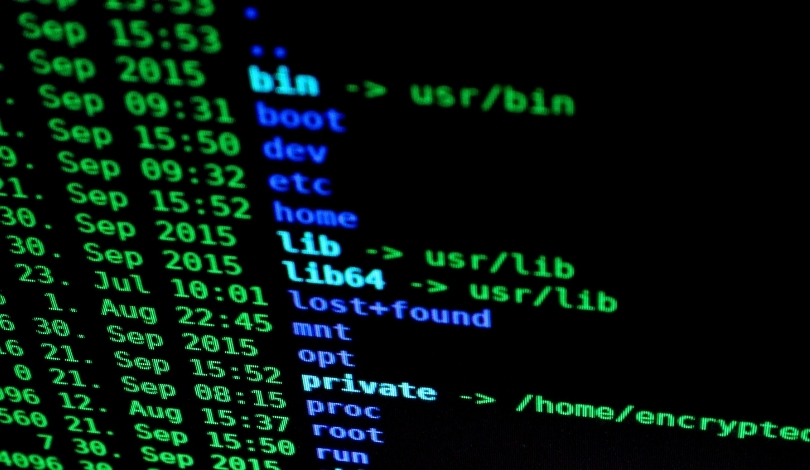Cybercriminal activities have evolved, increasingly targeting business operations to cause significant disruptions. Organizations across various sectors are facing heightened threats that jeopardize their continuity and financial stability. As these malicious tactics become more sophisticated, companies must bolster their defenses to counteract the growing menace.
Reports indicate a shift in cyberattack strategies, with a notable increase in the use of operations disruption alongside traditional methods like encryption and data theft. This new approach amplifies the impact of cyber threats, making them more detrimental to affected businesses and the broader economy.
How Are Cyberattack Strategies Changing?
Cybercriminals are expanding their arsenal by incorporating operational disruptions into their attacks. According to Palo Alto Networks’ Unit 42, last year saw 86% of nearly 500 major cyberattacks aimed at disrupting business functions such as causing operational downtime and increasing operating costs.
What Are the Financial Implications for Businesses?
The financial burden of these attacks has escalated, with initial ransom demands rising by almost 80% to an average of $1.25 million in 2024.
“This is what organizations need to be worried about from a threat perspective and from a defensive strategy standpoint,”
stated Sam Rubin, senior vice president at Unit 42. The median ransom payment was reduced to $267,500 through negotiations, highlighting the financial strain on businesses.
Which Sectors Are Most Affected?
Critical infrastructure sectors such as healthcare, hospitality, and manufacturing are increasingly targeted by threat groups employing disruptive tactics. These industries are often extorted for higher ransoms due to the essential nature of their services and the substantial impact of operational disruptions.
In past years, the focus was primarily on data breaches and ransomware encryption. The current trend of operational disruption represents a significant escalation, demanding more robust cybersecurity measures and strategic planning from organizations to protect against these multifaceted threats.
Organizations must adopt comprehensive security frameworks and invest in advanced threat detection systems to mitigate the risks posed by these increasingly disruptive cyberattacks. Proactive measures and resilient infrastructure are essential to minimize both financial losses and reputational damage in the face of evolving cyber threats.










